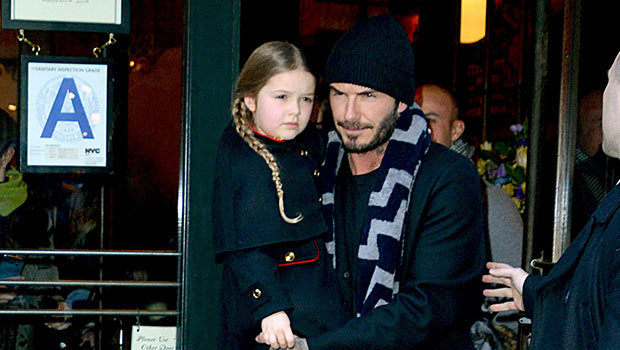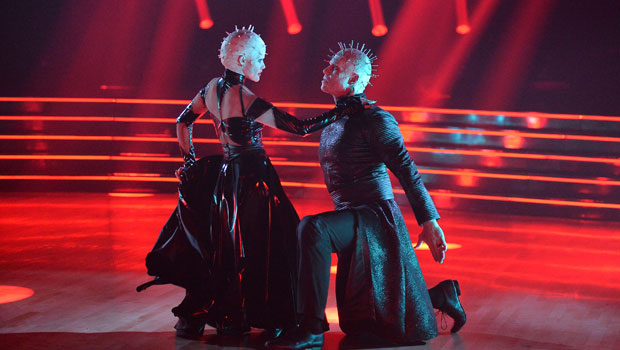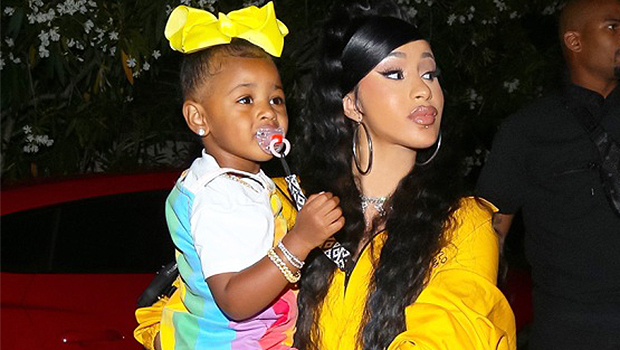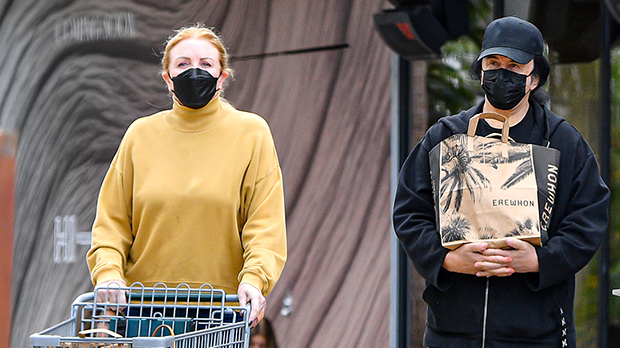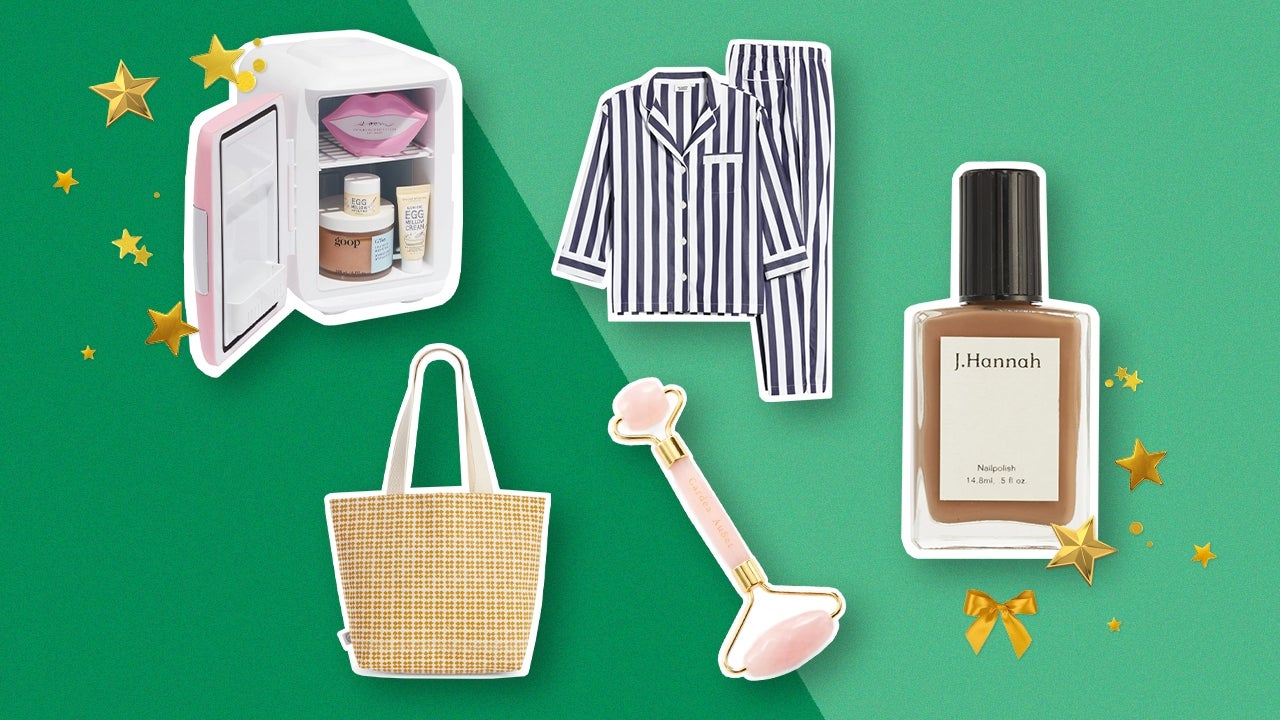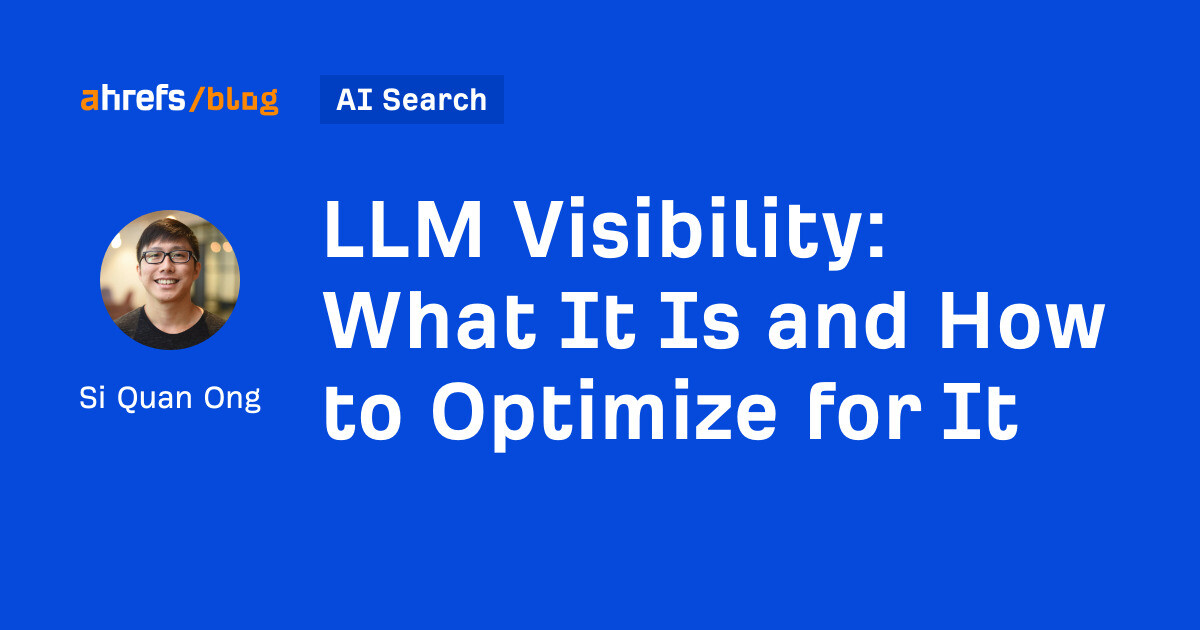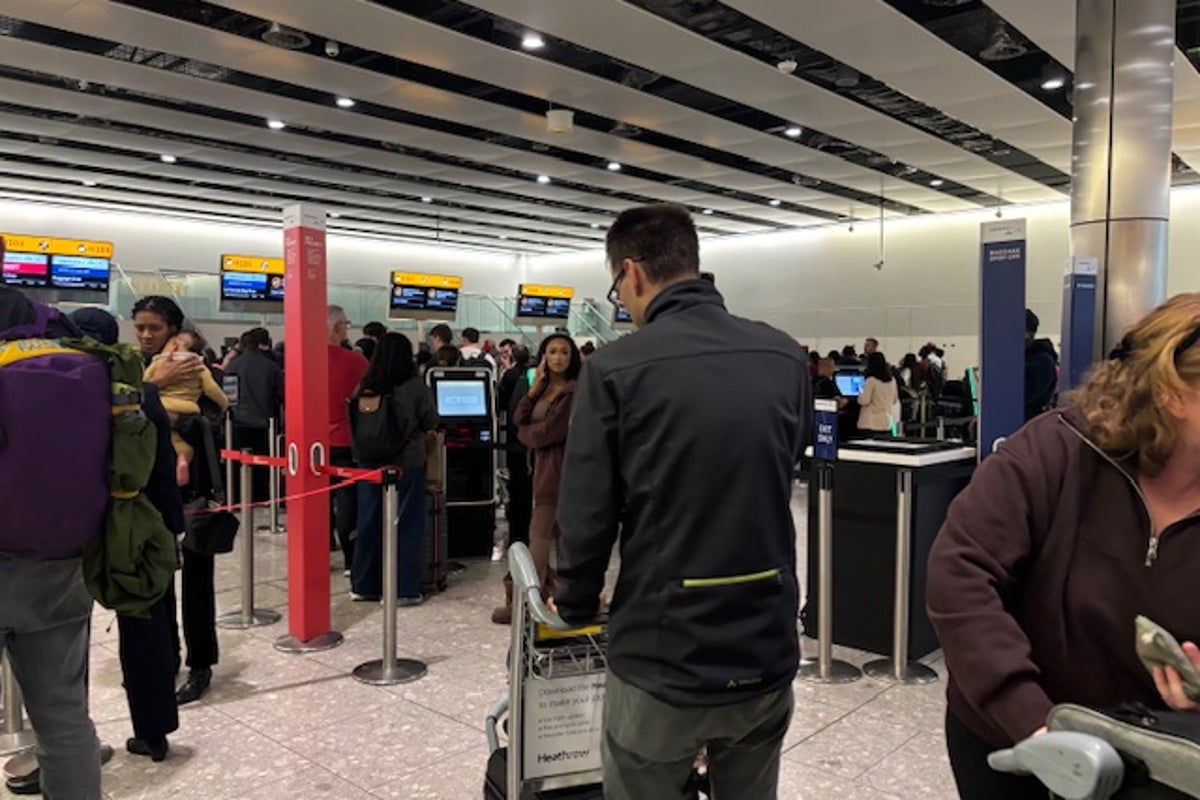SXSW 2022 Women Directors: Meet Linda Yellen – “Chantilly Bridge”
Linda Yellen is an Emmy Award-winning director, writer, and producer. She has made over 27 productions for film and television, with premieres at Cannes, Sundance, and Toronto film festivals. Among her most notable works are “Prisoner Without a Name,”...
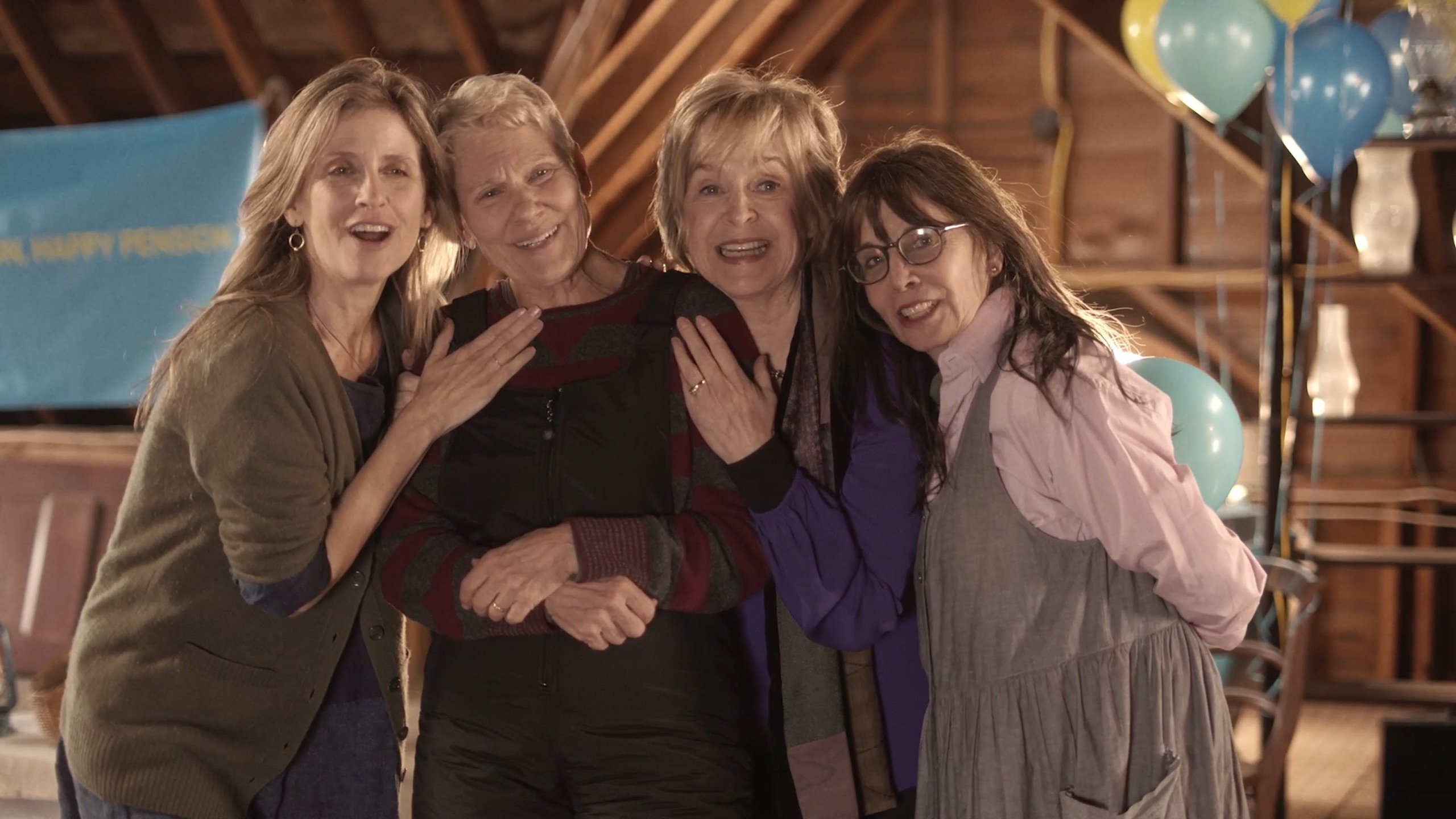
Linda Yellen is an Emmy Award-winning director, writer, and producer. She has made over 27 productions for film and television, with premieres at Cannes, Sundance, and Toronto film festivals. Among her most notable works are “Prisoner Without a Name,” starring Liv Ullman and Roy Scheider, and “Playing for Time,” starring Vanessa Redgrave and Jane Alexander. Yellen’s films have garnered her seven Emmy Awards, two Peabody Awards, and recently, The Woman of Achievement Award from her alma mater, Barnard College.
“Chantilly Bridge” is screening at the 2022 SXSW Film Festival, which is taking place March 11-20. Find more information on the fest’s website.
W&H: Describe the film for us in your own words.
LY: “Chantilly Bridge” reunites seven women, childhood friends who come together to help one of their own and rediscover the rare bond that exists among those who knew you when and are there for you now. “Chantilly Bridge” has been called a “masterclass” for its honest portrayal of women in the winter of their lives dealing with the complexities of health, sexuality, and career with bravery, grace, and a great deal of humor.
W&H: What drew you to this story?
LY: I’ve never forgotten how incredibly moving an experience it was filming “Chantilly Lace” 30 years ago. We became this tight-knit family, and the actresses brought so much of themselves to their characters that I knew the stars would align once more.
Working again with Ally Sheedy, Helen Slater, JoBeth Williams, Talia Shire, Jill Eikenberry, and Lindsay Crouse — I jumped at the chance to see how those characters would develop and how all our life experiences would again impact the story we would tell. I added two new characters that were only hinted at before and I got to work with Patricia Richardson and an exciting young newcomer, Naaji Sky Adzimah, who brought a completely fresh point of view to the mix.
W&H: What do you want people to think about after they watch the film?
LY: To quote Gertrude Stein, “There is no there there.” No matter the age, we are always growing, we are always changing, and, if we’re lucky, we’re gifted with loving friends to grow with along the way.
W&H: What was the biggest challenge in making the film?
LY: Managing to bring these women together from both sides of the country in the early days of COVID and in the height of winter! Filming in 20 degrees below zero was a challenge for everyone, cast and crew. And yes, I’d do it again in a heartbeat!
W&H: How did you get your film funded? Share some insights into how you got the film made.
LY: This was the first time I’ve done something like this but I highly recommend it: We went into a community where we were not only able to find investors for an LLC from the community but to call upon the non-cash benefits and savings contributed by the same community such as meals, locations, gaffers, drivers, assistants, photographers — you name it! Of course, our heads of departments and everyone in key positions were film professionals.
W&H: What inspired you to become a filmmaker?
LY: Actually, I never thought I could, as I came up in a time when I was the only woman, except the script girl, on the first few films I worked on as producer. Initially, I was directing theater as a protege under the incomparable Joseph Papp. One day he told me if he were young enough, he would’ve preferred to go into the film industry because of the great liberties a director could take. Joe was speaking of course about camera work and editing, unique to the film art form.
I came to love seeing the world cinematically and how performances could be changed and enhanced through astute editing. That said, though I’ve always appreciated how a director puts their stamp on a picture, I didn’t want “Chantilly Bridge” to be a “Linda Yellen film” but rather I wanted the audience to feel like a fly-on-the-wall exposed to the secret conversations of this group of women. So, ironically, more than any film I’ve done, this one brought me back to my theater days, letting the performances dictate where we looked and utilizing the least amount of camera work.
W&H: What’s the best and worst advice you’ve received?
LY: Best advice: Never give up.
Worst advice: You must get a Ph.D. in film.
W&H: What advice do you have for other women directors?
LY: Value what makes you different and don’t be afraid to knock on — or down — any doors.
W&H: Name your favorite woman-directed film and why.
LY: My favorite films, in general, are where there’s a strong directorial voice present. As a youngster, I was exposed to the work of director Lina Wertmüller. Her film “Seven Beauties” left an indelible mark on me both as a female and a filmmaker.
She was quoted as saying, “I think I have two souls. One is playful, ironic, with a sense of humor. The other is in contact with the dramatic face of life and human problems around the world. The two natures live in me.” I identified with that.
W&H: How are you adjusting to life during the COVID-19 pandemic? Are you keeping creative, and if so, how?
LY: COVID life is just not easy. There’s a remoteness, whether it’s casting primarily from tapes and Zooming sessions and even editing via Zoom. Luckily, I’m also a writer, so that part wasn’t as affected. But, as is the case with all artists, so much of our creativity is sparked by human interaction and the immediacy of life swirling around us. And that energy is irreplaceable.
W&H: The film industry has a long history of underrepresenting people of color on screen and behind the scenes and reinforcing — and creating — negative stereotypes. What actions do you think need to be taken to make it more inclusive?
LY: I’ve always been color-blind in the casting of my films. In New York, there are many more opportunities for people of color to be honestly represented because most New Yorkers, like myself, only know diversity. It’s within our field of vision every single day.
What annoys me is there’s too much lip service promising change from the powers that be to all underrepresented groups — including the older women of my movie. Men and women from these underrepresented communities must not give up pushing to have their voices heard whether through normal industry channels or independently. It’s important they create material that shakes people up!

 JaneWalter
JaneWalter 







